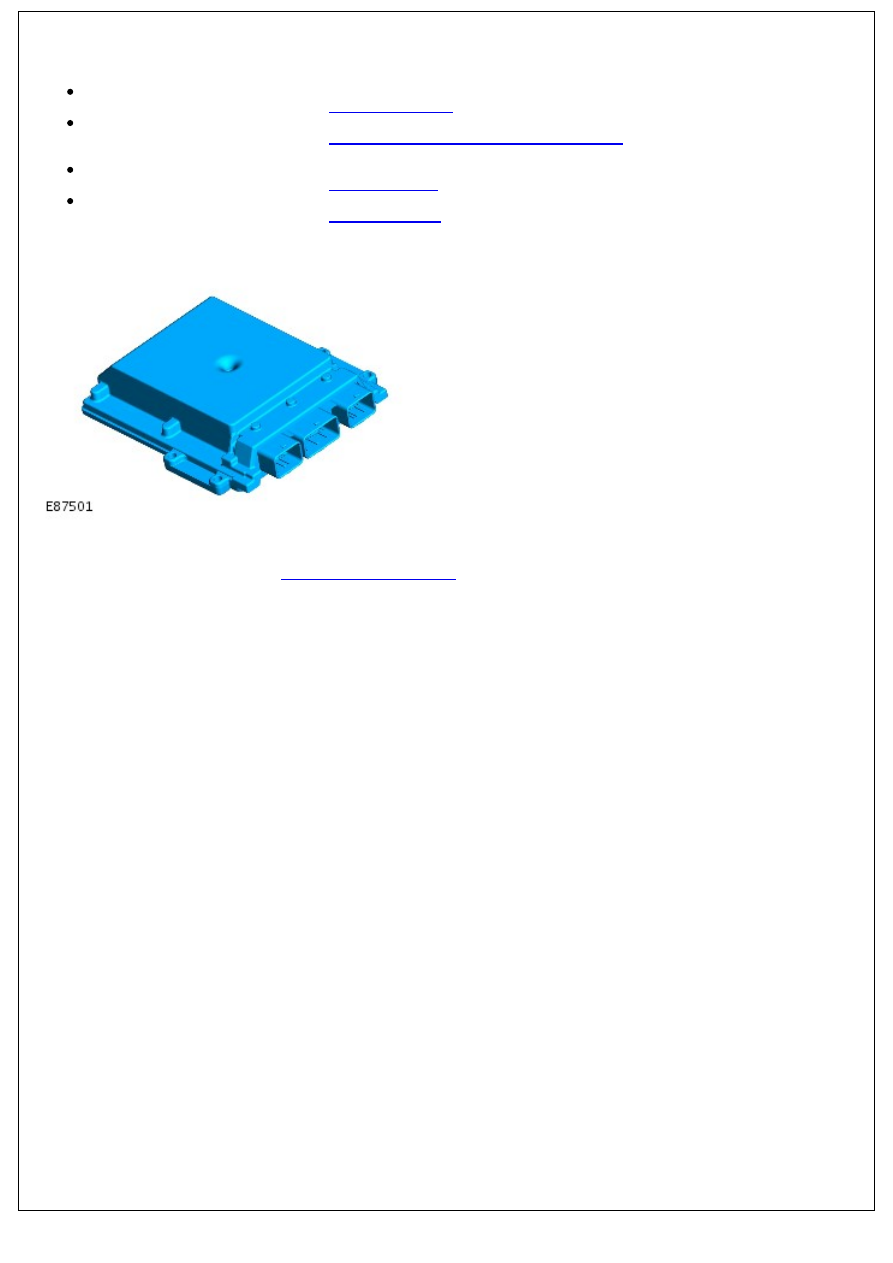Defender. Manual - part 241

memory.
The anti-theft system module also controls;
the active anti-theft system.
For additional information, refer to:
Anti-Theft - Active
(419-01A Anti-Theft - Active, Description and Operation).
the central locking system.
For additional information, refer to:
Handles, Locks, Latches and Entry Systems
(501-14 Handles, Locks, Latches
and Entry Systems, Description and Operation).
interior lighting.
For additional information, refer to:
Interior Lighting
(417-02 Interior Lighting, Description and Operation).
the hazard flashers.
For additional information, refer to:
Exterior Lighting
(417-01 Exterior Lighting, Description and Operation).
ENGINE CONTROL MODULE
The ECM is mounted on the engine compartment bulkhead and works in conjunction with the anti-theft system module
to control the passive anti-theft system.
For additional information, refer to:
Electronic Engine Controls
(303-14 Electronic Engine Controls - 2.4L Duratorq-TDCi
HPCR (103kW/140PS) - Puma, Description and Operation).
CONTROL DIAGRAM
• NOTE: A = Hardwired; D = High speed controller area network (CAN) bus